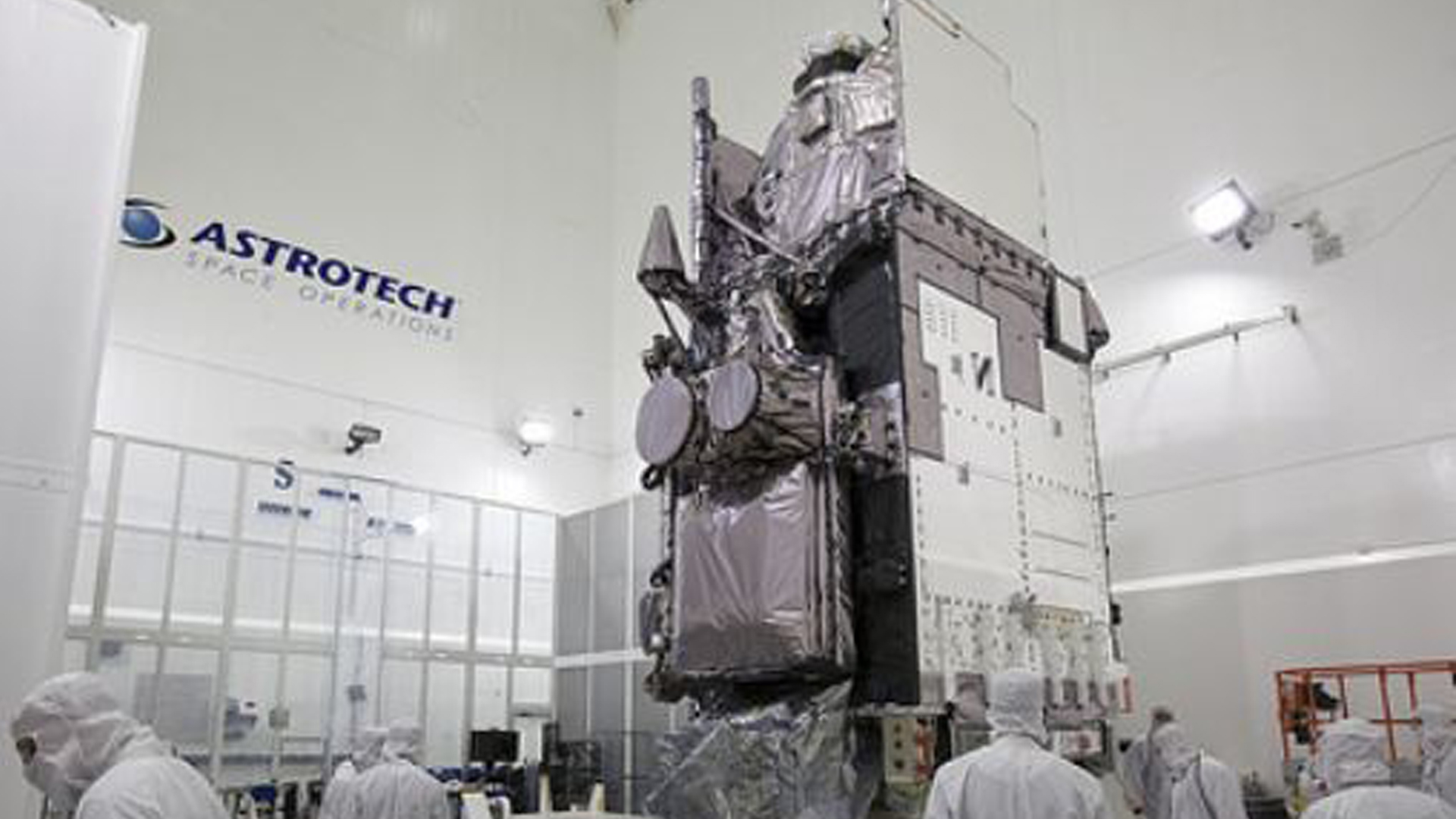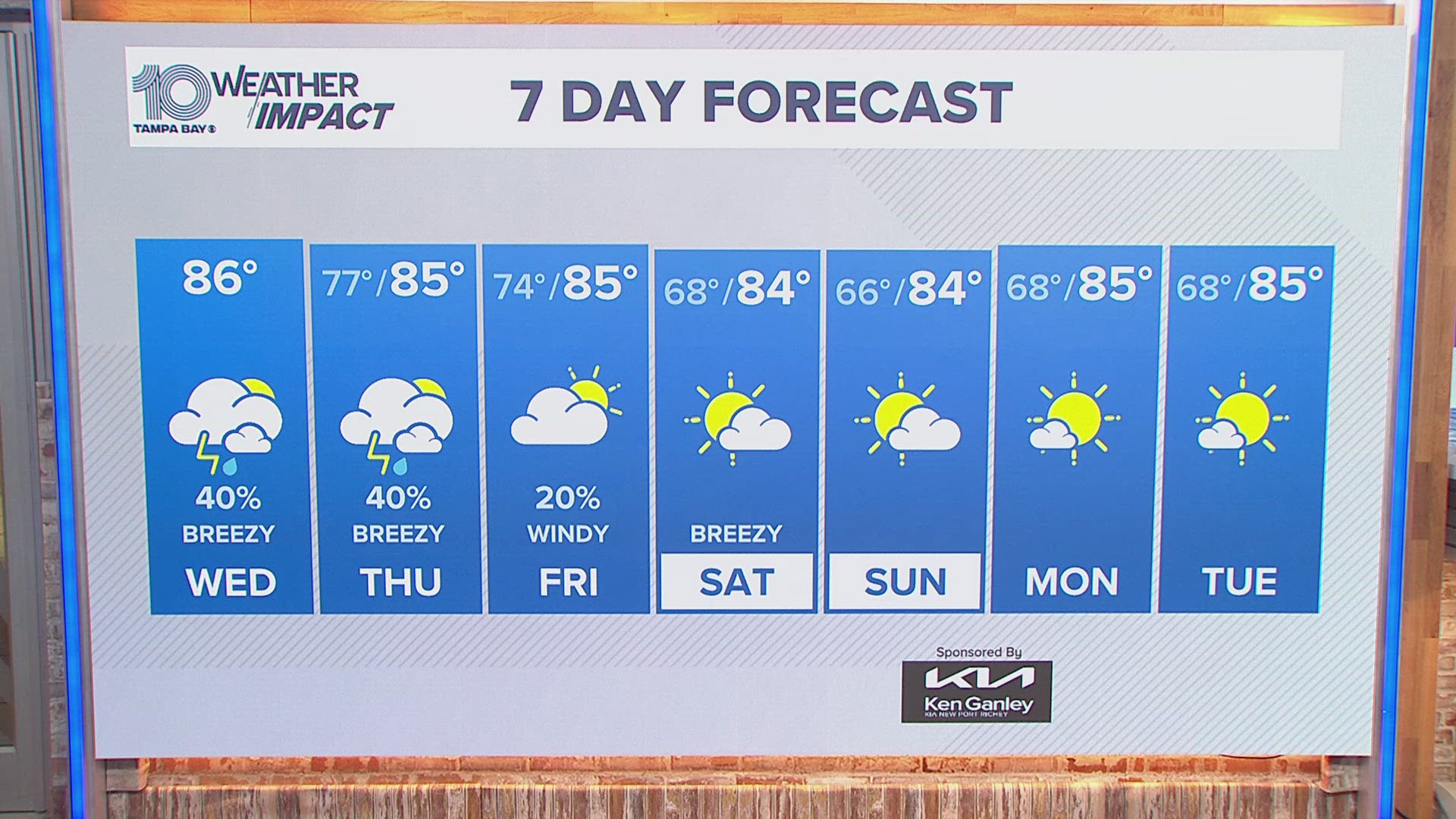It will be like moving from black-and-white to high-definition TV, one expert said.
The USA's newest weather satellite — scheduled for launch this weekend from Florida — will send back the best images we've ever seen of severe storms, blizzards, hurricanes and lightning strikes. And it's fast: The satellite can scan the entire Western Hemisphere in just five minutes.
"It will revolutionize how severe weather forecasting is done," said meteorologist Ryan Maue of WeatherBell Analytics.
The school-bus-size satellite, known as "GOES-R," will be in a "geosynchronous" orbit, meaning it will hover in the same spot above the Earth about 22,000 miles above the equator. It will move as the Earth rotates.
GOES-R was designed and built by Lockheed Martin and will be run by the National Oceanic and Atmospheric Administration (NOAA).
"GOES-R is a key milestone for us," said Stephen Volz, head of NOAA’s Satellite and Information Service. He said it's the first in the USA's next generation of weather satellites. The satellite will transmit more data in the first six months of operation than all previous GOES weather satellites combined, said Lockheed Martin in a statement.
GOES stands for geostationary operational environmental satellite. The "R" describes the specific satellite: Future satellites will be called GOES-S, GOES-T, and GOES-U, which will keep these eyes in the sky through 2036.
Plans for GOES-R began nearly 10 years ago since NOAA knew its current three satellites were nearing the end of their functionality. If one or two of them stopped working, we'd be in danger of losing important weather information, NOAA said.
“It’s a big deal," said Fred Johnson, a National Weather Service meteorologist in Melbourne, Fla. "It’s a big upgrade from what we’ve had in the past. This should save lives and property."
Of the six instruments on board the satellite, two will focus on Earth's weather: The "Advanced Baseline Imager" is a fancy name for the camera that will send back extremely detailed pictures of weather and can survey the entire Western Hemisphere in just five minutes.
The camera, built by Harris Corp., will be able to peer into a hurricane’s eyewall, helping forecasters gauge the storm’s intensity and whether it's strengthening or weakening.
“GOES-R will advance environmental monitoring significantly, marking a quantum leap from 1990s technology into the 21st century,” said Eric Webster of Harris.
Hurricane photos could rival recent breathtaking photos of typhoons taken from Japanese weather satellites, which already have these types of cameras aboard, Maue said.
Romy Olaisen of Harris likened it to switching from black-and-white to high-def.
The other weather instrument, known as the "Geostationary Lightning Mapper" and built by Lockheed Martin, will monitor all lightning strikes over North America and the nearby oceans. Better detection of lightning should increase lead time for tornado warnings and also reduce false alarms, NOAA said.
The four other instruments will keep an eye on space weather and radiation hazards from the sun, such as solar flares, which can wreak havoc with satellites, air traffic and power grids down here on Earth.
The launch is scheduled for Saturday at 5:42 p.m. aboard an Atlas V rocket. As of Tuesday, NASA said the forecast was 80% favorable for a liftoff.
The launch was delayed two weeks due to Hurricane Matthew, which affected the launch site's infrastructure as the storm roared by the Florida coast in October, according to NASA.
Contributing: James Dean, Florida Today. Follow Doyle Rice @USATODAYWeather.



